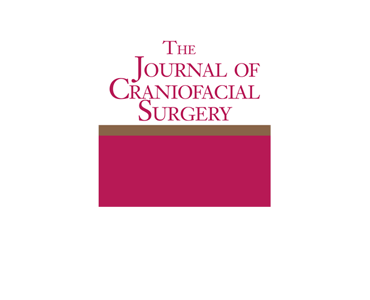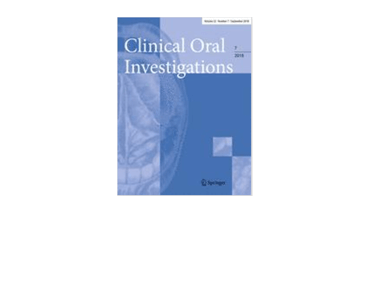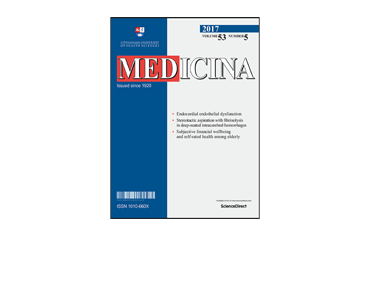Nasal Alar Surface Area Differences After Unilateral Cleft Lip Repair. Long-Term Effects of the Perialar Incision. AT Perdanasari, RD Wagner, MJ Davis et al.
Date: March 2020 (Online). Source: Journal of Craniofacial Surgery, doi: 10.1097/SCS.0000000000006284. Background: The Millard rotation-advancement cleft lip repair is the most commonly performed cleft lip repair. An extended perialar incision allows for further advancement of the lateral lip element and improved positioning of the alar base. There is a lack of data evaluating differences in…







